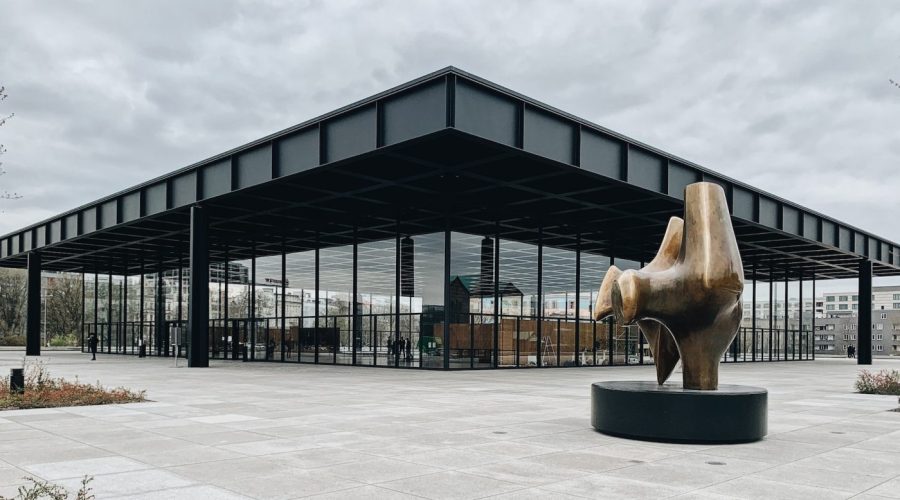Did the Berlin Wall Accomplish its Intended Purpose?
The Berlin Wall played its role in dividing Berlin into East Berlin and West Berlin throughout the Cold War period of 1961. The GDR planned the structure to stop East Germans from moving between East Berlin and West Berlin as well as to block Western influence from spreading to the Eastern territories. The primary objective of constructing the Berlin Wall remains uncertain since its implementation proved ineffective. We will analyze the major aspects of this historic monument.
The Purpose of the Berlin Wall
The main motivation for building the Berlin Wall was to stop the significant flaw of East German citizens fleeing west to better conditions in West Germany. East Germany enforced the wall as a political measure to enforce control over residents while stopping skillful labor and intellectual departure to West Germany. Eastern authorities constructed the wall to stop western attitudes from spreading into the eastern populace alongside undercover western activities.
Economic Impact
East Germany experienced extreme economic consequences because of the Berlin Wall. The GDR cutoff two sides of Berlin which restricted both goods and services circulation as well as labor mobility. The split from the western world resulted in severe economic damage to East Germany that led to shortages of important goods and depressed wages and hindered economic development opportunities. During this time segment West Germany achieved considerable economic development which reached opposite ends from East Germany’s overall decline.
Humanitarian Consequences
The Berlin Wall construction brought about grave problems for human beings. The partition divided relations between friends and families because East Germans remained cut off from their relatives who resided west of the barrier. Building the wall symbolized oppression which restricted human rights and denied people their freedom. Numerous people perished when trying to cross the wall in their pursuit of better lives in Western territories.
International Repercussions
Through its physical structure the Berlin Wall reflected two parallel divides regarding politics and ideology. The physical barrier stood as a severe reminder of worldwide political differences between socialist Eastern nations and capitalist Western nations. The wall created increasing diplomatic tension between major global powers and captured worldwide notice which deteriorated public opinion about the Socialist People’s Republic of Germany.
The Fall of the Berlin Wall
History witnessed an important moment when the Berlin Wall collapsed in 1989. This development put an end to the Cold War period and it resulted in Germany becoming one nation. The wall collapsed because of internal protests and external transformations in politics together with altering global relationships. Societal along with political and economic factors proved too challenging for the GDR to endure.
The End of an Era
Democracy together with freedom and human rights achieved victory over tyranny and oppression after the Berlin Wall fell. The events created Germany’s reunification and resulted in the breakup of Eastern European communist governments which eventually dissipated the Soviet Union. The world concluded a period marked by segregation then accepted new possibilities built around greater unity throughout the globe.
Lessons Learned
The Berlin Wall remains a permanent reminder that people possess extraordinary strength to endure adverse situations. This historic landmark serves to demonstrate that nations depend on both freedom and unity but also shows that social division has unfavourable implications. The historical collapse of the wall demonstrates that human nature continuously seeks to create bonds between people who wish to improve their existence.
The Berlin Wall successfully delayed significant population exodus and created anxiety among East Germans but finally collapsed because human beings naturally pursue freedom and because geopolitical conditions transformed worldwide. The negative effects of the wall became most prominent until the moment when it collapsed which led to German reunification. History remembers the Berlin Wall as a strong symbolic reminder which teaches us about the significance of unification together with freedom and human persistence to defeat obstacles.
Table of Contents



